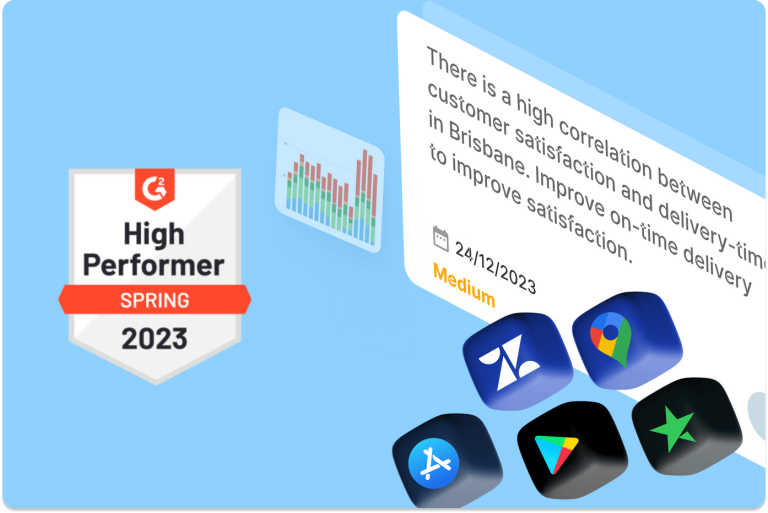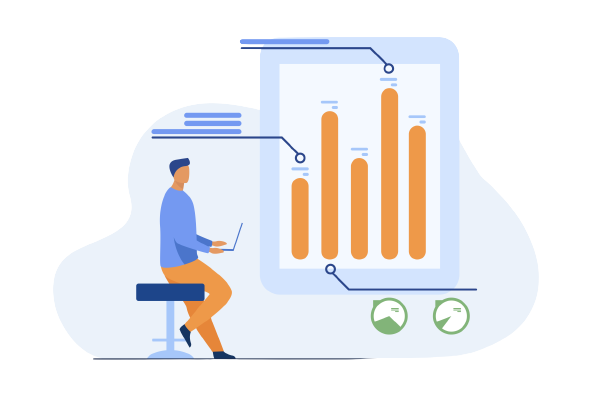
Navigating Customer Experience Challenges in Multi-Unit Franchise Management
In the ever-evolving landscape of franchise businesses, the importance of customer experience cannot be overstated. Each franchise location, operating under a common brand, is expected to deliver a consistent and exceptional customer experience.








